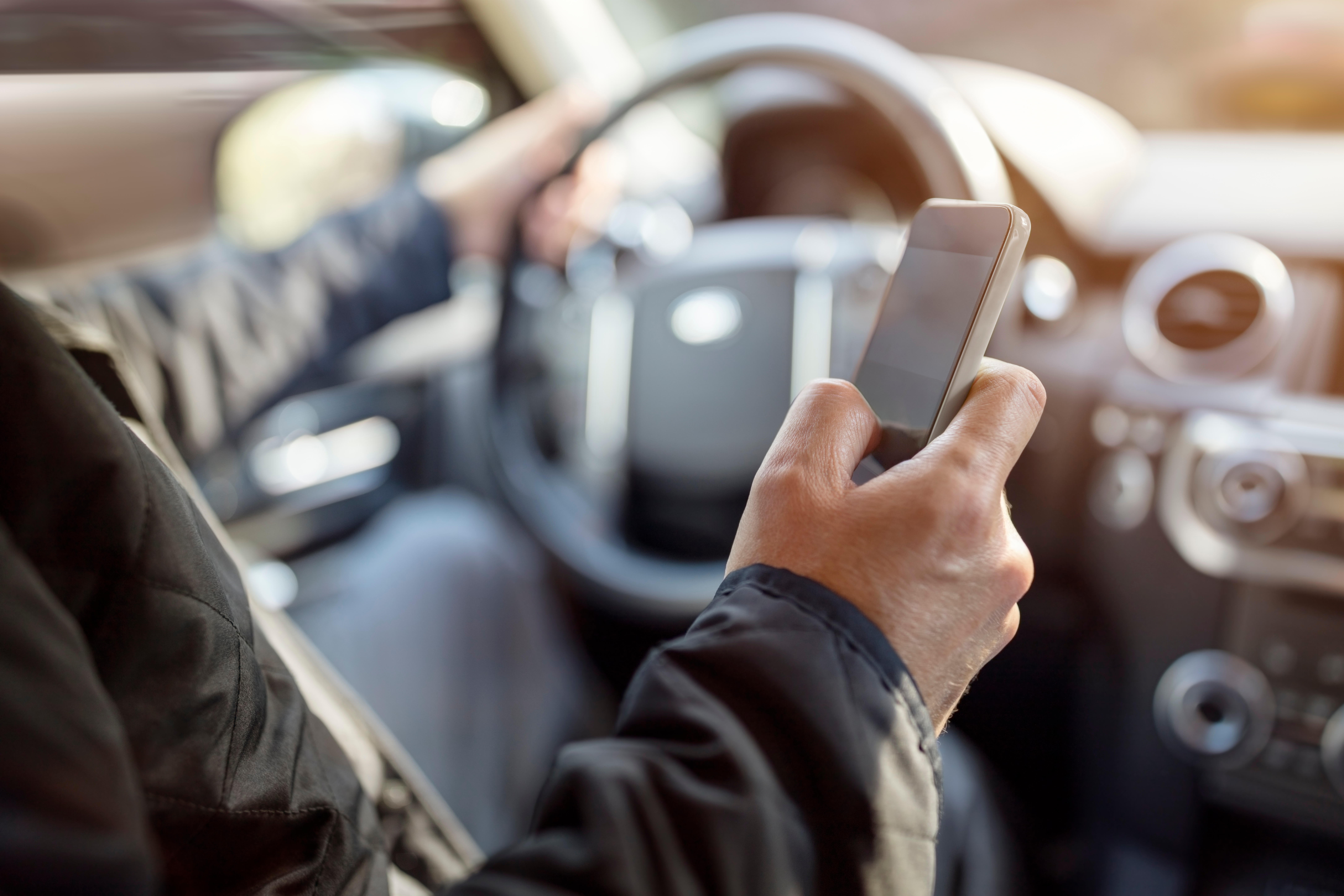We’ve all become incredibly accustomed to seeing people texting and driving (or otherwise using mobile devices in unsafe ways ourselves), but ubiquity is not synonymous with risk reduction. A recent article in the Wisconsin Lawyer reminded me that liability, and most notably enterprise liability, remains both very real and potentially very costly when accidents happen that are—either in total or in part—a result of negligent driving. And, it wouldn’t take much to convince a jury that driving and texting are, at a minimum, negligent. (Duh.)
The article that prompted my concern is focused on access to information obtained from mobile device records. Although there have been some issues of privacy with respect to these records resulting in some high-profile litigation, courts throughout the U.S. have been increasingly inclined to allow access to such records in both civil and criminal cases. The question anyone in communications technology needs to ask is: What will I do when a court asks for access to an enterprise employee's mobile records? Not if – when.
The process for legally obtaining mobile device records varies by jurisdiction. While there is always a careful balancing act between privacy and access to otherwise personal
information, there are processes in place for obtaining mobile device records legally, such that these records can be used, once properly authenticated, in courtrooms and settlement discussions, in legal matters that are classified as either criminal or civil. However, the legal term for accessing these records is “discovery,” and the application and determination processes for access to this data may well be different, not only from state to state, but also under federal rules of evidence. The classification of the underlying case as either criminal or civil will also likely affect the standards and procedure necessary to secure such records legally. (That is, unless the person whose device contains potentially relevant information simply and willingly hands over the device. And that does happen. But not often.)
There are two areas of concern here. The first is that the employee/driver may be using a device owned by the enterprise for work. The second, which is only slightly less critical, involves the employee using his/her own device for work purposes when an accident occurs. In both cases, the employer/enterprise is likely to find itself in very hot water.
There are multiple ways that data obtained from mobile devices can be used in moving a case forward, whether at trial or in settlement negotiations. Most often, it’s used to identify where a particular device is/was at a particular time. Obviously the device and the owner are not the same thing, and simply because a device pings off of existing towers does not, in and of itself, prove that the device’s owner are/were in that place at that time. But, device and owner are typically in the same place at the same time, which can be incredibly useful—and potentially damning—information.
Additionally, while content of voice calls is not normally preserved or accessible, a device’s history can show whether the device was in use at a particular time. “Was X on his phone at 2 PM?” Not a good question. “Was X’s phone in use at 2 PM?” Good question. Texting, of course, changes the equation, because those messages are often preserved and thus can be accessed and reviewed. If you’re uncertain about how useful texting records information is, just watch some “Dateline.” If you’ve watched enough “Dateline,” you’ll know how often these records are used to catch alleged perps….
The existence—and use of—mobile device data in criminal cases is obvious. In civil cases, mobile device data can be very useful in legal matters of negligence, product liability and wrongful death.
Who gets sued when a distracted driver causes an accident? Short answer: everyone. But the entity that’s most exposed is often the employer simply because it has the deepest pockets. None of this is new. What’s changed is the number of us who use our devices in ways that we consider to be safe that really aren’t. Information likely to be required will be a history of the device itself, including dialed numbers, call duration, and the numbers of phones from which calls were received.
The best advice for an employer is to not only provide its workforce with a policy that explicitly forbids the answering or making of calls or texts from a mobile device while driving. However, unless the employer is willing to enforce the policy, it’s simply not worth much. This sort of prohibition is also much more difficult to enforce when a) we’ve all come to rely on mobile devices and b) traditional desk phones are nowhere near as prevalent as they once were. A carefully crafted policy would not only need to be reviewed annually, but signed annually as well. In addition, the enterprise that requires its employees and contractors to sign the policy must enforce said policy. This has become increasingly dicey as many individuals (read: employees) no longer have desk phones, but the understanding between enterprise and employee contractor must be that the mobile phone is not to be answered while the employee/contractor is driving. Without exception.
As increasing numbers of drivers get behind the wheel and answer the phone or look at texts or play Wordle, the more dangerous the roads are for everyone else. Please, please think twice before looking at your device when driving, particularly since the driver next to you may be doing the same thing. Enterprise managers, please make your employees aware of the dangers—not just to themselves, but to others. Sadly, simply because “everyone’s doing it” doesn’t make the roads any safer. Ever.










